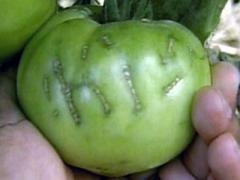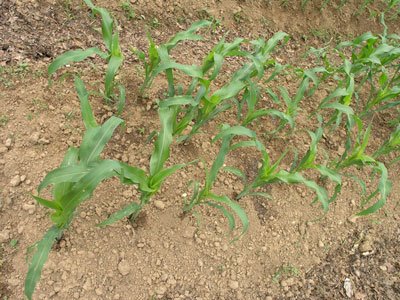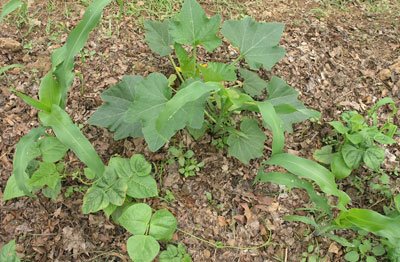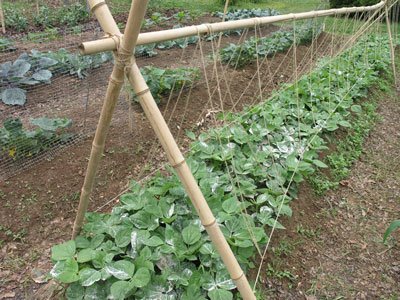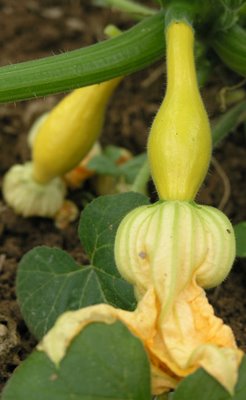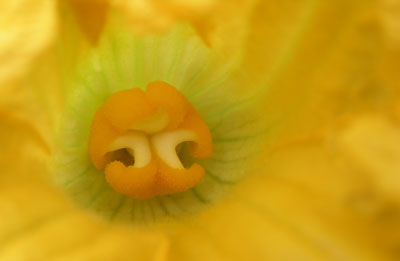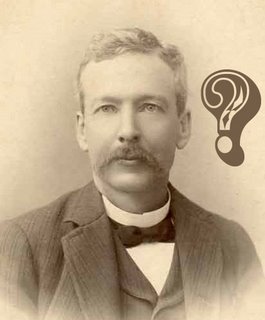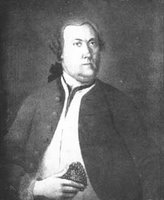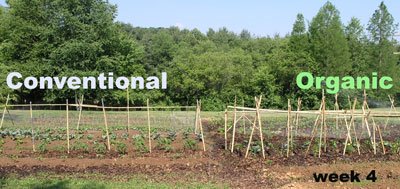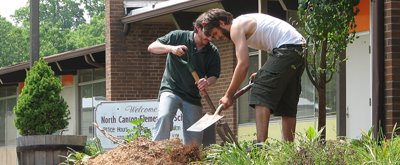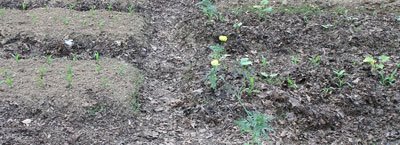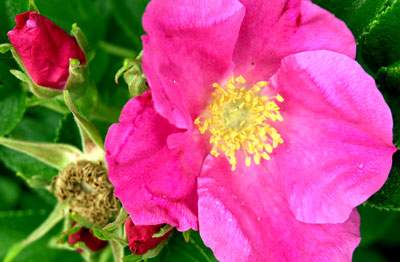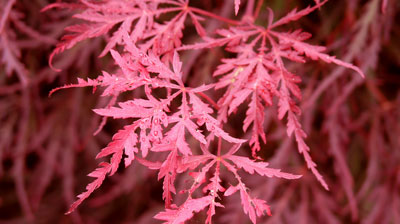Archaeobotanists have found evidence that the dawn of agriculture may have come with the domestication of fig trees in the Near East some 11,400 years ago, roughly a thousand years before such staples as wheat, barley, and legumes were domesticated in the region. The discovery dates domesticated figs to a period some 5,000 years earlier than previously thought, making the fruit trees the oldest known domesticated crop.
 Figs at the National Clonal Germplasm Repository. (Photo by David Karp / Courtesy of USDA Agricultural Research Service)
Figs at the National Clonal Germplasm Repository. (Photo by David Karp / Courtesy of USDA Agricultural Research Service)
Ofer Bar-Yosef of Harvard University and Mordechai E. Kislev and Anat Hartmann of Bar-Ilan University report their findings in this week's issue of the journal Science.
"Eleven thousand years ago, there was a critical switch in the human mind -- from exploiting the earth as it is to actively changing the environment to suit our needs," says Bar-Yosef, professor of anthropology in Harvard's Faculty of Arts and Sciences and curator of Paleolithic archaeology at Harvard's Peabody Museum of Archaeology and Ethnology. "People decided to intervene in nature and supply their own food rather than relying on what was provided by the gods. This shift to a sedentary lifestyle grounded in the growing of wild crops such as barley and wheat marked a dramatic change from 2.5 million years of human history as mobile hunter-gatherers."
The researchers found nine small figs and 313 fig drupelets (a small part of an aggregate fruit such as a fig) at Gilgal I, a village in the Lower Jordan Valley, just 8 miles north of ancient Jericho, known to have been inhabited for some 200 years before being abandoned roughly 11,200 years ago. The carbonized figs were not distorted, suggesting that they may have been dried for human consumption. Similar fig drupelets were found at a second site located some 1.5 kilometers west of Gilgal.
The scientists compared the ancient figs to modern wild and domesticated variants and determined that they were a mutant selectively propagated by humans. In this variety of fig, known as parthenocarpic, the fruit develops without insect pollination and is prevented from falling off the tree, allowing it to become soft, sweet, and edible. However, because such figs do not produce seeds, they are a reproductive dead end unless humans interfere by planting shoots from the parthenocarpic trees.
"Once the parthenocarpic mutation occurred, humans must have recognized that the resulting fruits do not produce new trees, and fig tree cultivation became a common practice," Bar-Yosef says. "In this intentional act of planting a specific variant of fig tree, we can see the beginnings of agriculture. This edible fig would not have survived if not for human intervention."
Figs are very easily propagated: A piece of stem stuck in the ground will sprout roots and grow into a plant. No grafting or seeds are necessary. Bar-Yosef, Kislev, and Hartmann suggest that this ease of planting, along with improved taste resulting from minor mutations, may explain why figs were domesticated some five millennia before other fruit trees, such as the grape, olive, and date.
"The reported Gilgal figs, stored together with other vegetal staples such as wild barley, wild oat, and acorns, indicate that the subsistence strategy of these early Neolithic farmers was a mixed exploitation of wild plants and initial fig domestication," Bar-Yosef says. "Apparently, this kind of economy, a mixture of cultivation of wild plants, planting fig trees and gathering other plant foods in nature, was widely practiced during the second half of the 12th millennium before present throughout the Levant, the western wing of the Fertile Crescent."
Bar-Yosef, Kislev, and Hartmann's research was sponsored by the American School of Prehistoric Research at Harvard's Peabody Museum, the Israel Museum in Jerusalem, the Shelby-White-Leon Levi Foundation, and the Koschitzky Foundation at Bar-Ilan University.
sciencedaily.com
 The prize this week is a $5 gift certificate to the Coffee Cup Cafe. The first correct entry by a student in the Horticulture Technology Program wins the contest.
The prize this week is a $5 gift certificate to the Coffee Cup Cafe. The first correct entry by a student in the Horticulture Technology Program wins the contest.







